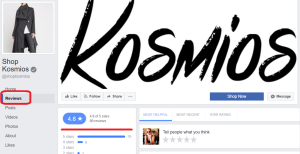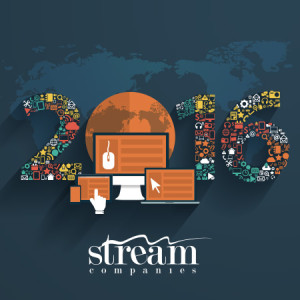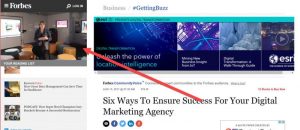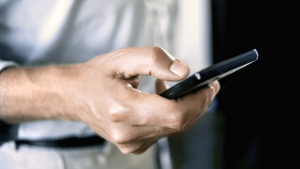— August 28, 2017

freephotocc / Pixabay
Providing a personalized brand experience is no longer a nice-to-have for businesses. In today’s saturated marketplace, digitally competent consumers are well aware that they can choose from hundreds of companies for any given product or service. As a result, consumers are far less likely to remain loyal to a brand that maintains a generic or sub standard relationship.
If you want a piece of the $ 459 billion e-commerce market, you will need to exceed customer expectations when it comes to surprise and delight. Brands who swap cut-price promotion for contextually relevant campaigns will increase sales and achieve long-term customer loyalty.
The most efficient and reliable way to provide an above average customer experience is through email; email marketing drives $ 39 for every $ 1 spent.
Using customer data from your CRM, ESP platform, and e-commerce store, marketers can easily create relevant and on-brand email campaigns at mass scale.
Here are 3 emails built around personalized product images; each one is packed with contextual significance for every customer.
-
Personalized abandoned cart campaigns
According to the Baymard Institute, the current abandoned cart rate stands at 69%. That’s lost revenue crying out to be rescued by digitally competent brands. Consider using automation to trigger campaigns at the point when a customer leaves an item in their cart. By pulling in an image of the abandoned product(s) from your store, you’re able to jog the customer’s memory with relevant content, and lure them back to the point of purchase with your CTA.
Looking for further relevance? Pair the personalized imagery in your abandoned cart email with some dynamic content. Having free-flowing data between your e-commerce store and your ESP allows you to easily insert live stock levels into your campaigns. Further on in the abandoned cart program, you might want to introduce alternative or complementary product suggestions based on the data you hold on each individual customer.
We recommend setting up a series of three abandoned cart email reminders, the first of which should be sent within 24 hours of the event. If your customer fails to respond to your initial email, set your program to automate the second; the third should go if the second fails to renew interest.
-
Segmented product promotion
77% of email marketing ROI comes from segmented, targeted, and triggered campaigns, so don’t be afraid to get more granular with your demographics. Segment your customers by their characteristic, behavioral and product data to achieve more relevant communication; for example, customers who often spend in your homeware section could benefit from a product email that brings all of your new season’s homeware into one place for them to browse.
It’s important to remember that you don’t have to segment contacts by every demographic they’re involved in. Sometimes something as simple as using gender-based segmentation to tailor your product emails can have a huge effect on your ROI; Forrester predicts that the category of companies who meet customers’ needs by effectively leveraging data will be worth $ 1.2 trillion by 2020.
Remember to segment your content in addition to your audience. Whether by product, category, or season, try to keep your visual content as relevant as possible to the targetted audience.
-
Targeted UGC campaigns
Social proof is a powerful phenomenon; 81% percent of US online adults say they read what other people have posted online about products and services, and 25% say they do it every day. We can’t control what everyone might say about our brand, but we can harness the power of positive user-generated content (UGC) to nurture loyalty from our existing customers and build trusted foundations with new recruits.
User-generated images are a cost-effective and hugely powerful way populate your emails with promotional content that customers can trust. Run email and social competitions to reward customers for sharing their own images of your products; encourage the use of dedicated #tags across channels to collate any UGC, and encourage product reviews on your website with the option to upload images.
Conclusion
Email’s push channel status means you can then deliver personalized content that’s relevant to each recipient, streamlining the customer experience by removing the “shop around” process. Use abandoned, wish list and past-purchase data to trigger relevant UGC emails that drive customers to conversion. Plus, trumpeting content from your advocates will greatly improve your list acquisition; loyal customers are more willing to recommend and share your brand’s products and content, helping you to acquire new customers that have been pre-warmed by trusted consumers.
To ensure you’re putting all the right effort into the right places, it’s crucial you employ split testing on your strategy; this way you can optimize your campaigns, predict outcomes more effectively and make better future decisions on relevancy. Use your ESP’s testing function to split test your campaigns and easily discover which images make your customers tick.
Digital & Social Articles on Business 2 Community
(65)
Report Post






